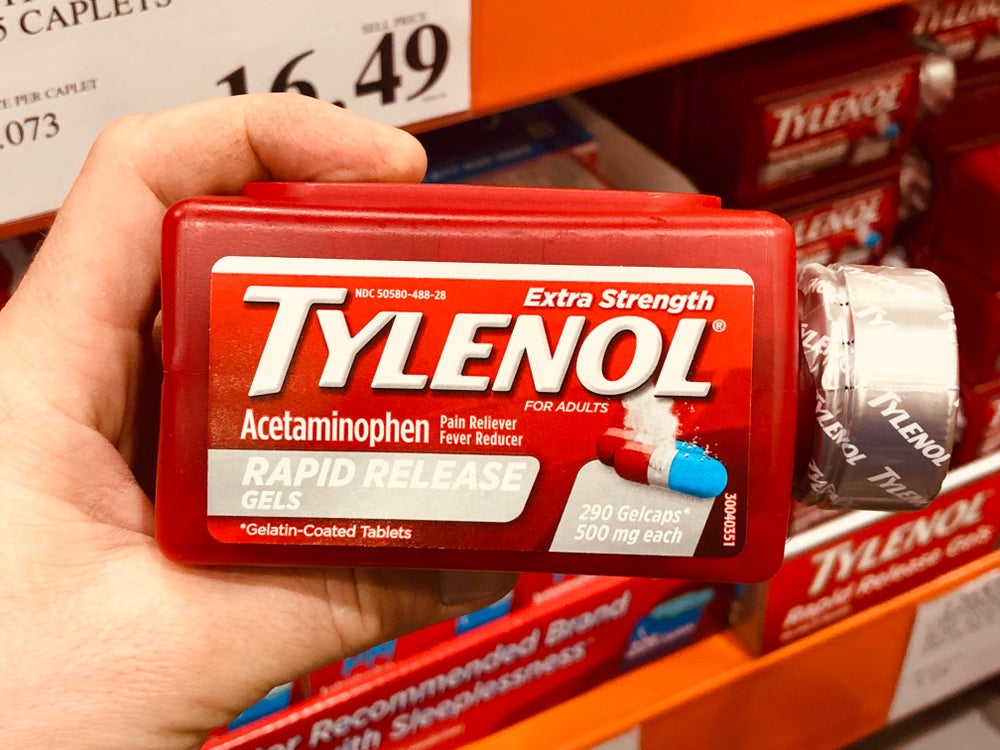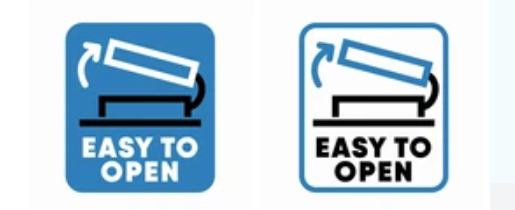During the autumn of 1982, there was widespread fear across the US. In the Chicago area, seven individuals lost their lives due to consuming Tylenol capsules contaminated with cyanide.
The source of the poisoning and the culprit's identity remained a mystery, leaving everyone uncertain about who might be the next victim.
Law enforcement swiftly discovered that the poisoned bottles had deliberately been put on store shelves, endangering unsuspecting customers.
Even to this day, the culprits behind these murders remain elusive, yet the eerie sequence of events forever altered product packaging.
Unsolved case with far-reaching implications
The Tylenol murders, as they came to be known, led to far-reaching implications for consumer safety. The authorities' response to the crisis significantly impacted product packaging.
The fear that gripped the nation after it was revealed that capsules in random Tylenol bottles had been poisoned, akin to a diabolical game of Russian roulette, prompted authorities and Johnson & Johnson, the makers of Tylenol, to take swift action.
The victims - a tragic toll
The victims of the Tylenol poisonings were ordinary people from various walks of life. Among them was 12-year-old Mary Kellerman, who died shortly after taking an Extra-Strength Tylenol capsule.
Other victims included a postal worker, a new mother, a newlywed couple, a telephone company employee and a flight attendant. All of their lives were cut short due to the tampered capsules.
The investigation - a hunt for answers
The investigation into the poisonings led authorities to consider various leads.
Initial suspicions pointed towards carbon monoxide poisoning, but after laboratory tests confirmed cyanide in the victims' blood and Tylenol capsules, a task force was formed to find the perpetrator.
Authorities ruled out the possibility of contamination during manufacturing or shipping, leaving them perplexed about how the capsules were poisoned.
Red herrings and an extortion letter
During the investigation, police pursued different leads, including a suspect named Roger Arnold, who was later cleared.
However, a significant turn occurred when Johnson & Johnson received an extortion letter threatening further poisonings unless a substantial sum of money was wired.
The letter's author, James Lewis, was arrested for extortion but was never proven to be the actual poisoner.
Consumer safety measures and the Tylenol legacy
In the aftermath of the crisis, Johnson & Johnson faced a challenging period. They responded decisively by recalling 31 million bottles of Tylenol and introducing tamper-proof packaging with foil seals, cotton wads, childproof caps and plastic strips.
These safety measures set the industry standard for over-the-counter medications.
Despite the devastating impact on sales, the company's crisis management and corporate responsibility efforts garnered praise. The legislation was also passed, making tampering with consumer products a federal offence.
The Tylenol murders left a lasting legacy in the world of product packaging and consumer safety.
The tragic events of that day in 1982 forever changed how products are sealed and protected, ensuring a safer experience for consumers everywhere.















